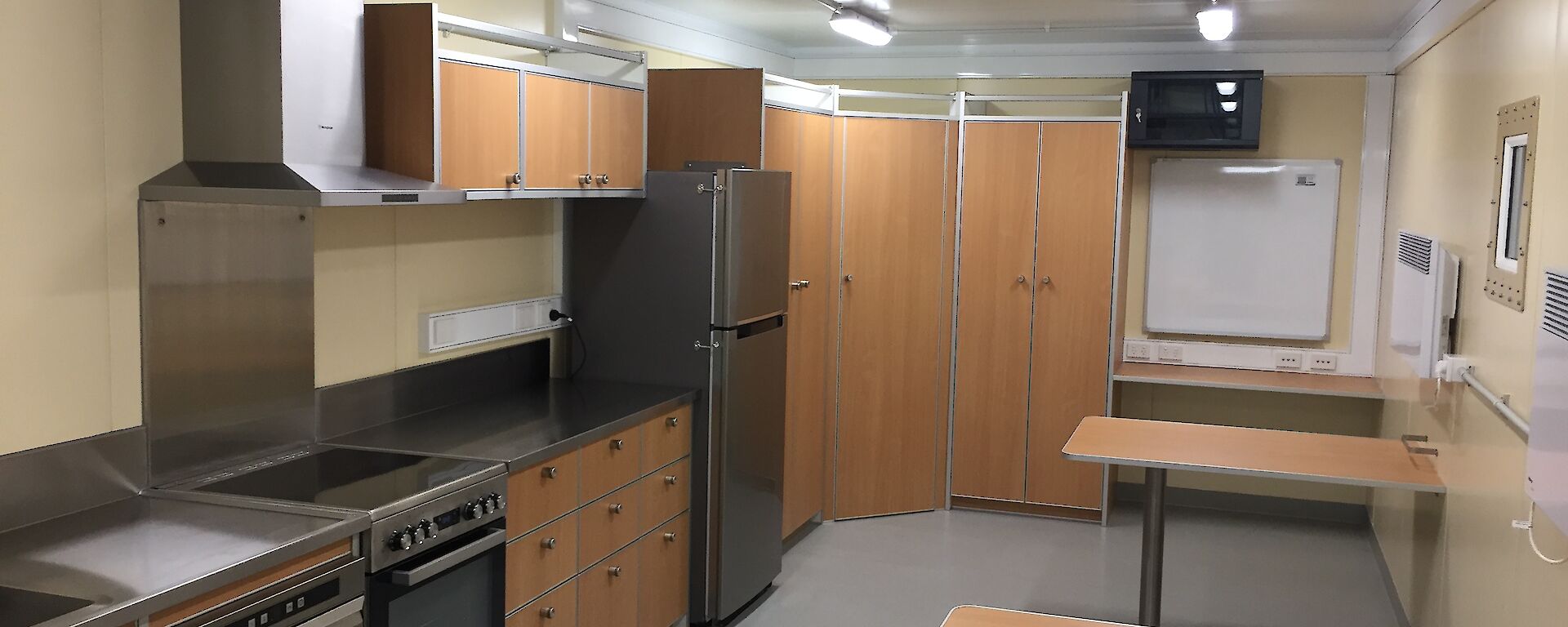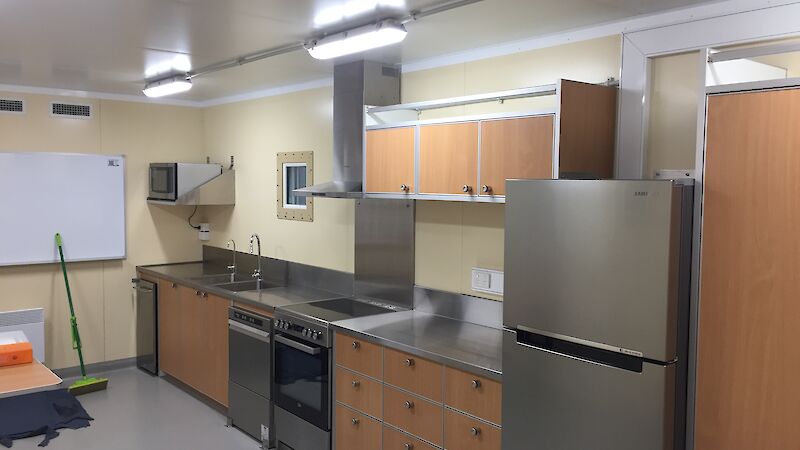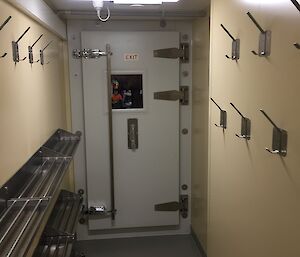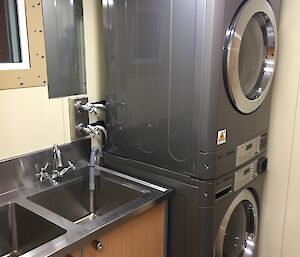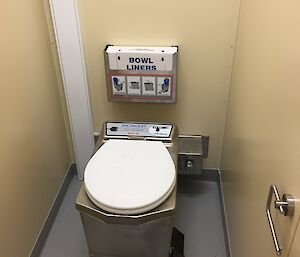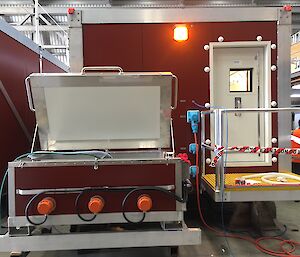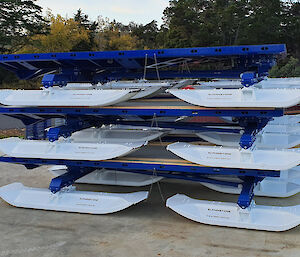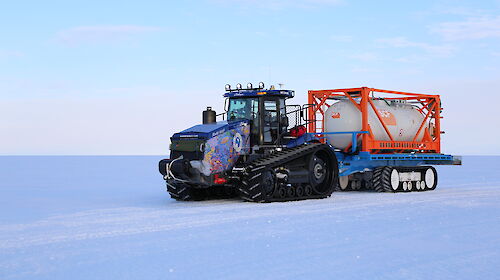The 40 square metre living and dining van will provide 10 weary travellers with a warm, relaxing space at the end of 10-plus hours of travel each day, across the windswept and sastrugi-strewn Antarctic landscape.
Just like the traverse team, the van is built of tough stuff to cope with the harsh conditions expected during the 1200 kilometre journey between Casey research station and Little Dome C – the site of an Australian-led, international project to drill an ice core with a million year climate history.
Traverse Capability Project Manager, Tim Lyons, said Hobart’s Taylor Bros Marine Pty Ltd had been awarded the $2.6 million contract to build the living van, a number of other traverse vans, and similar infrastructure for a mobile inland station in support of the ice core drilling project.
Ice cores extracted during the four to five drilling seasons will extend the detailed record of Earth’s climate history, assisting greater understanding of Australia’s weather and climate variability.
Mr Lyons said the van, and others like it, was made of robust but lightweight insulated aluminium panels, designed to sit on similarly bespoke, interchangeable steel sleds, built by Elphinstone Engineering in eastern Tasmania.
The van incorporates kitchen, dining, laundry and shower facilities – including an incinerator toilet – and will provide respite at the beginning and end of each day during the two week traverse.
“Everything inside the van has been designed with the difficult conditions in mind,” Mr Lyons said.
“So there are latches on doors, and everything is bolted to the floor or walls, to ensure things don’t come adrift while underway.”
Each of the four small windows are fitted with two double glazed panels to reduce cold ingress, and the front entry provides a drying area for snow-covered boots and coats.
Stainless steel benches, an oven, microwave, fridge, bread maker and dishwasher, provide modern kitchen conveniences. However, most food preparation will likely involve heating pre-cooked and packaged frozen meals prepared in Australia.
A 500 litre snow melter will allow the team to produce enough potable water for the evening and following morning’s needs. Any food scraps will be placed into a waste compactor, and grey water from the laundry and shower will be stored in a holding tank. Electric power, heat and light will be provided by a generator van housing twin Caterpillar 60KVA sets.
Once all the vans are complete, they will be delivered to the Antarctic Division headquarters at Kingston and installed on the sleds.
The vans will then be connected to power and water to ensure everything works before they are shipped to Casey research station on the RSV Nuyina in 2021.

